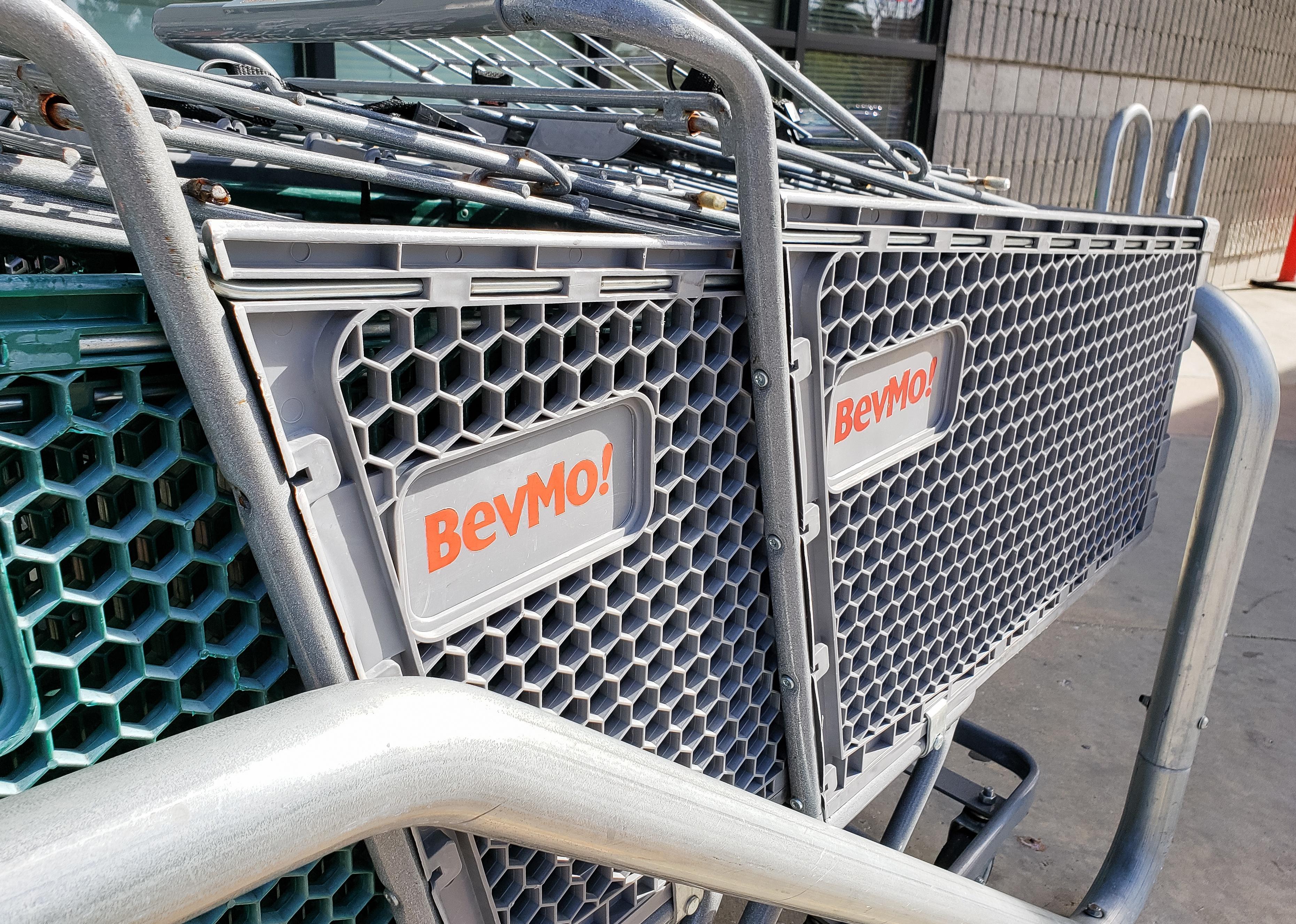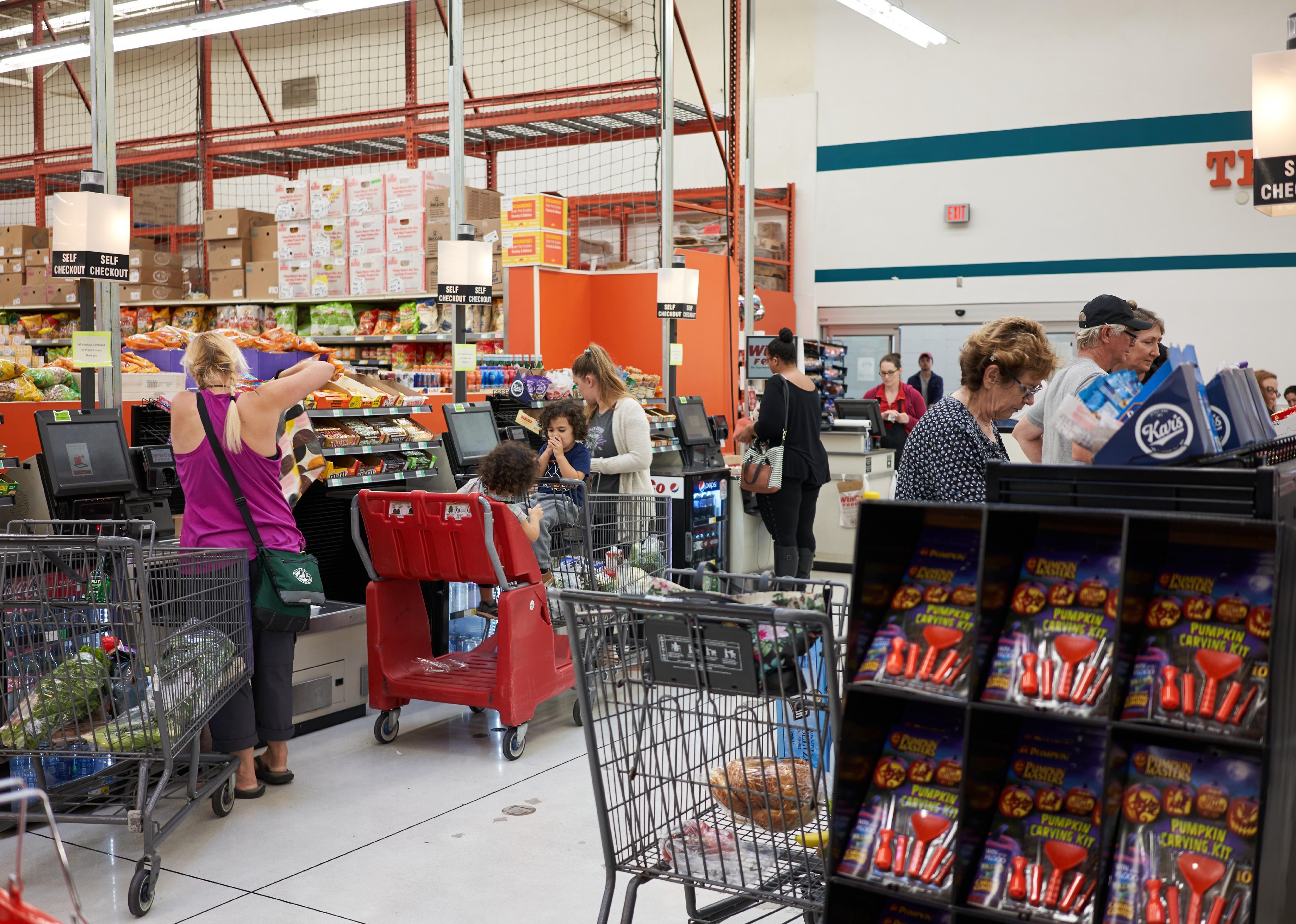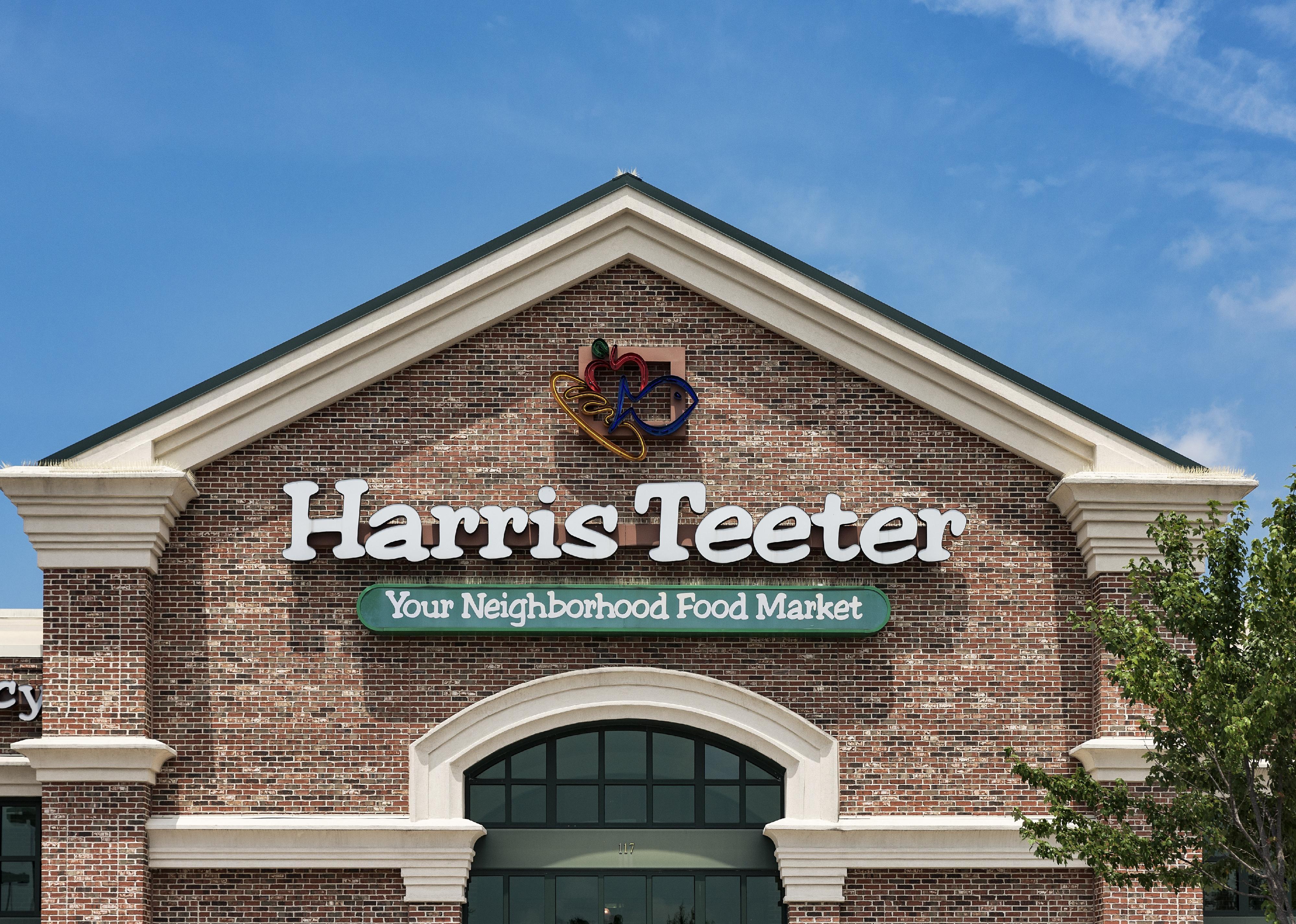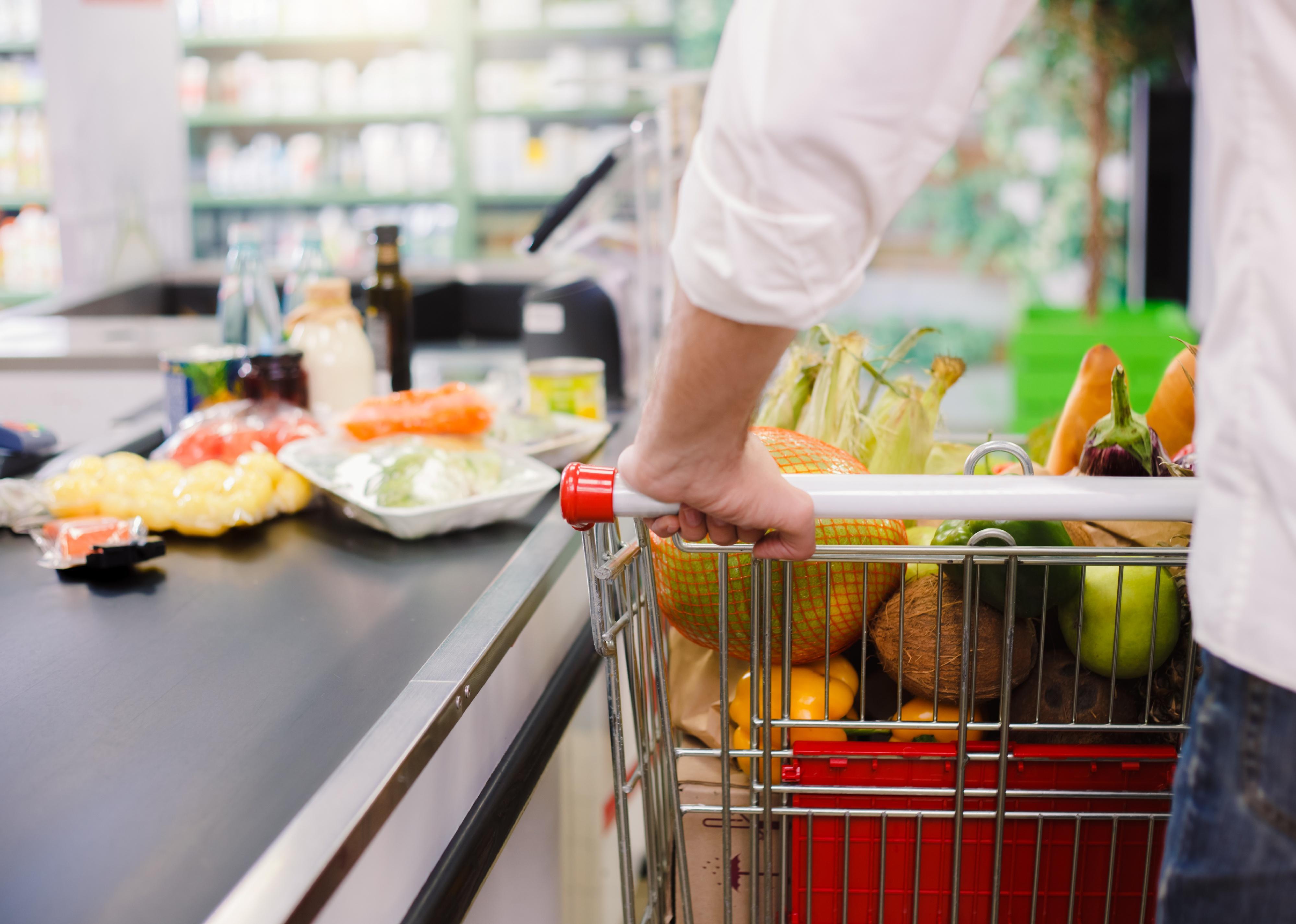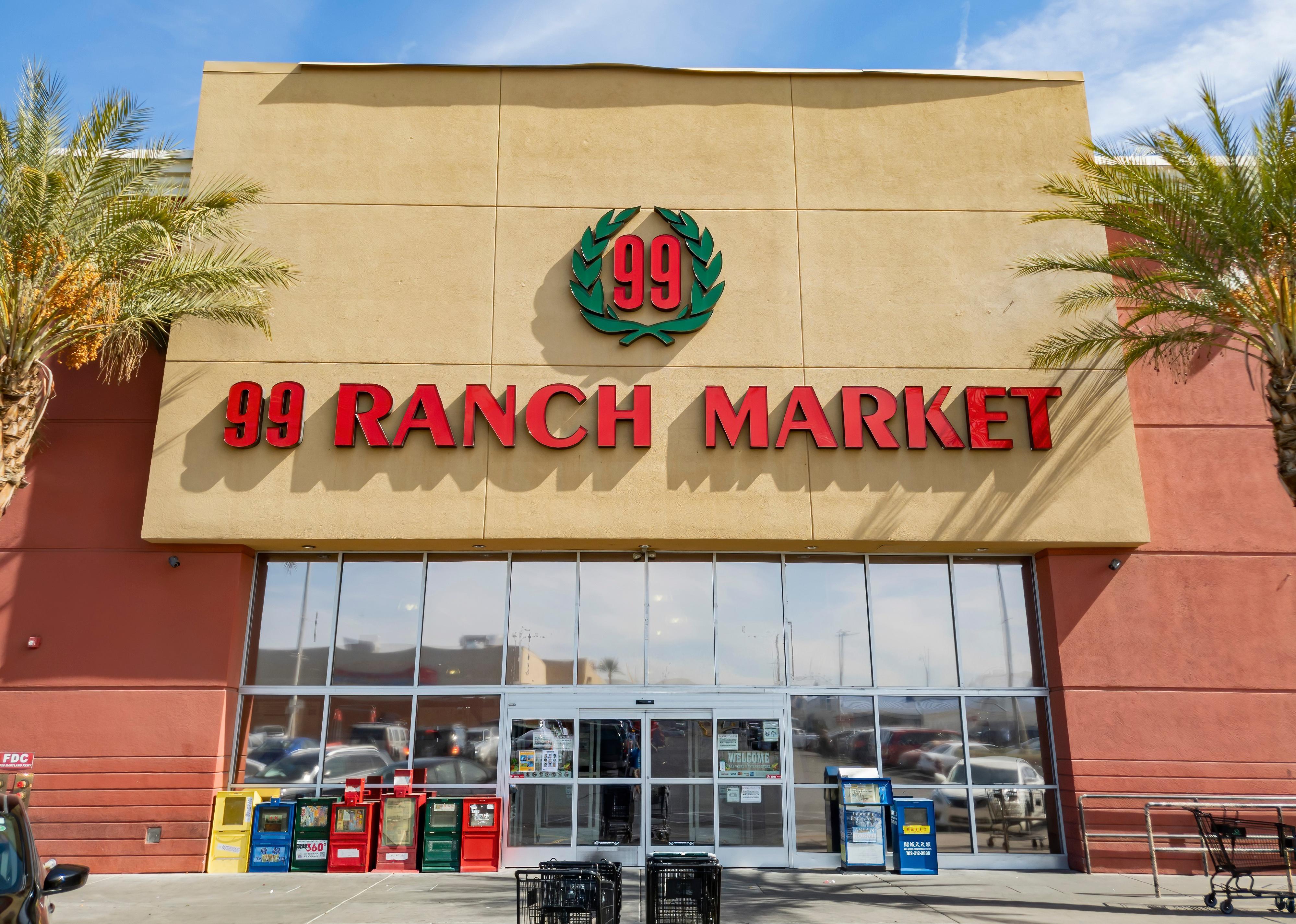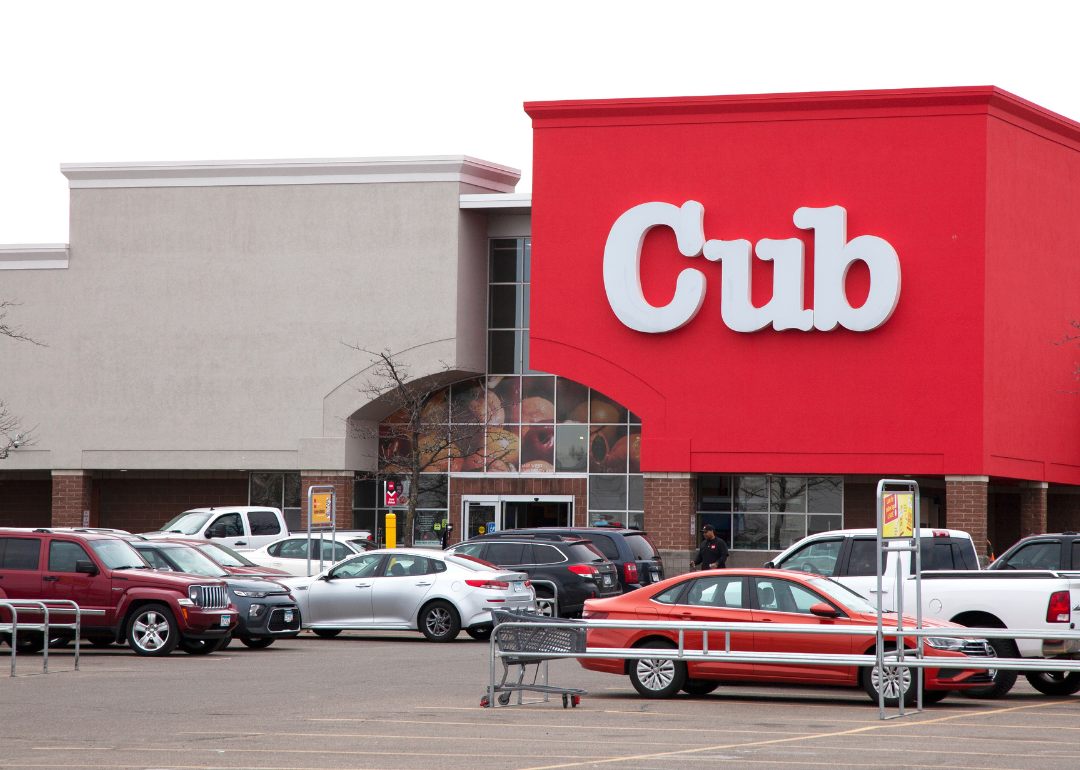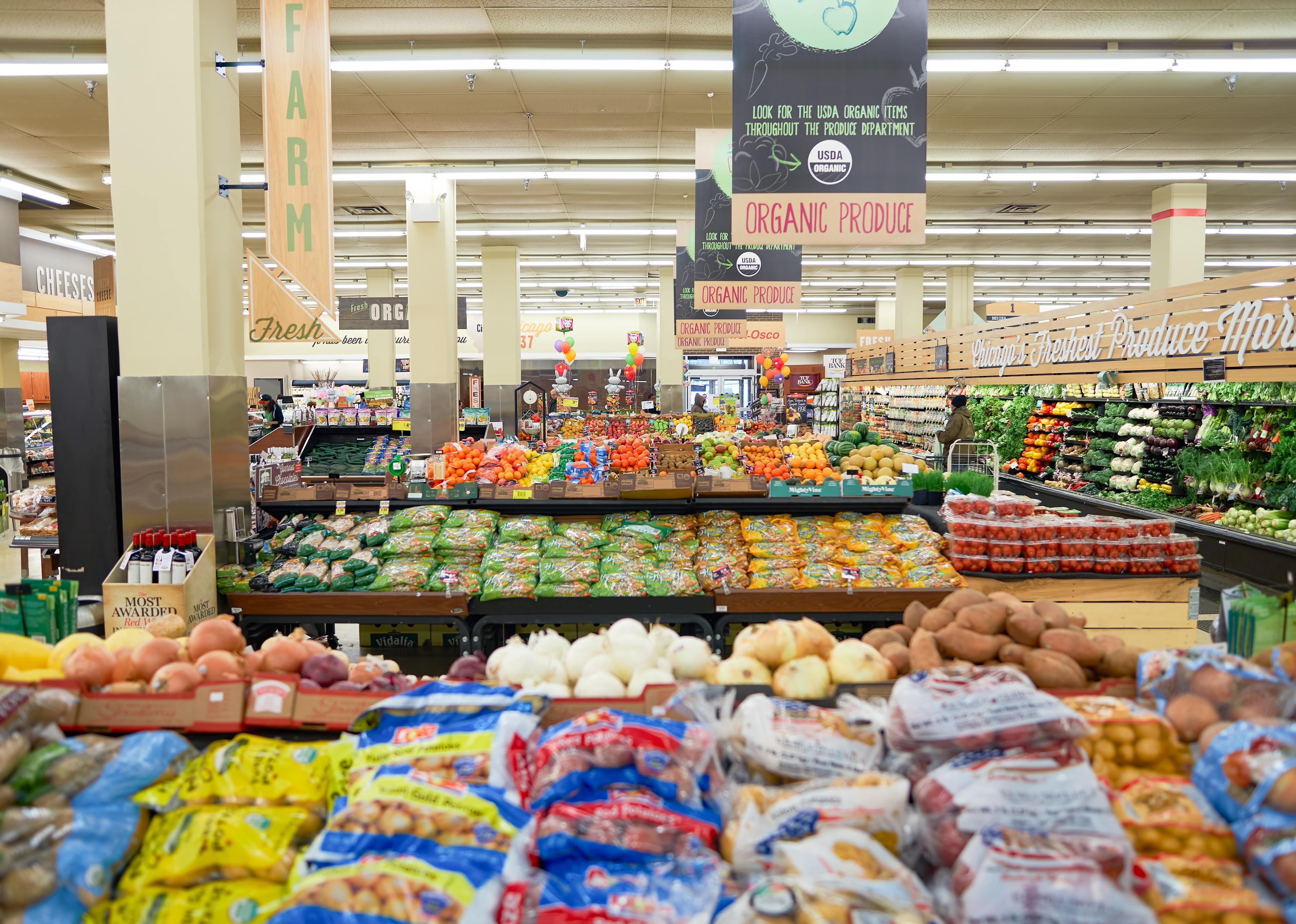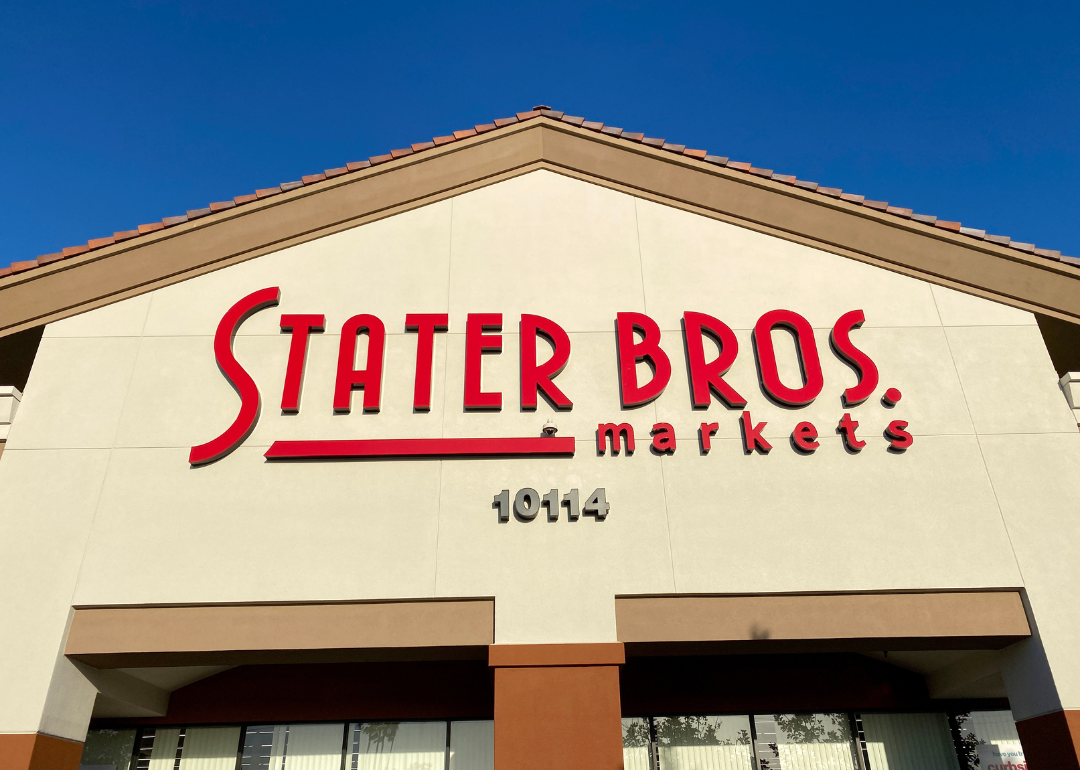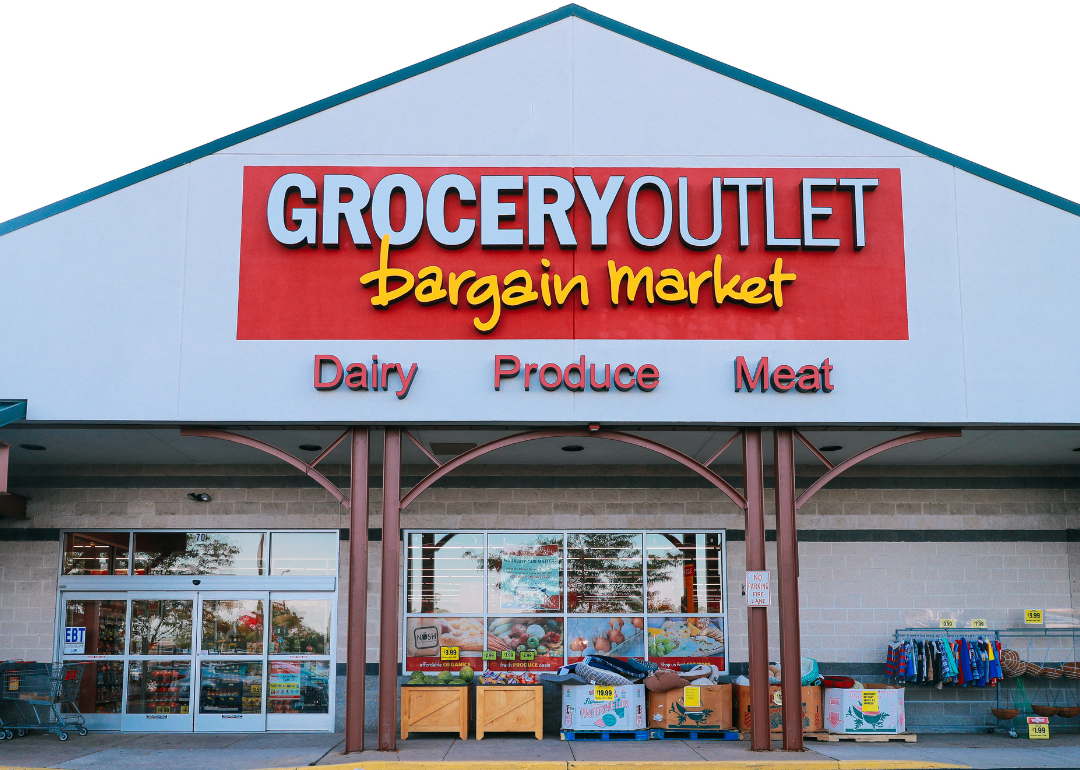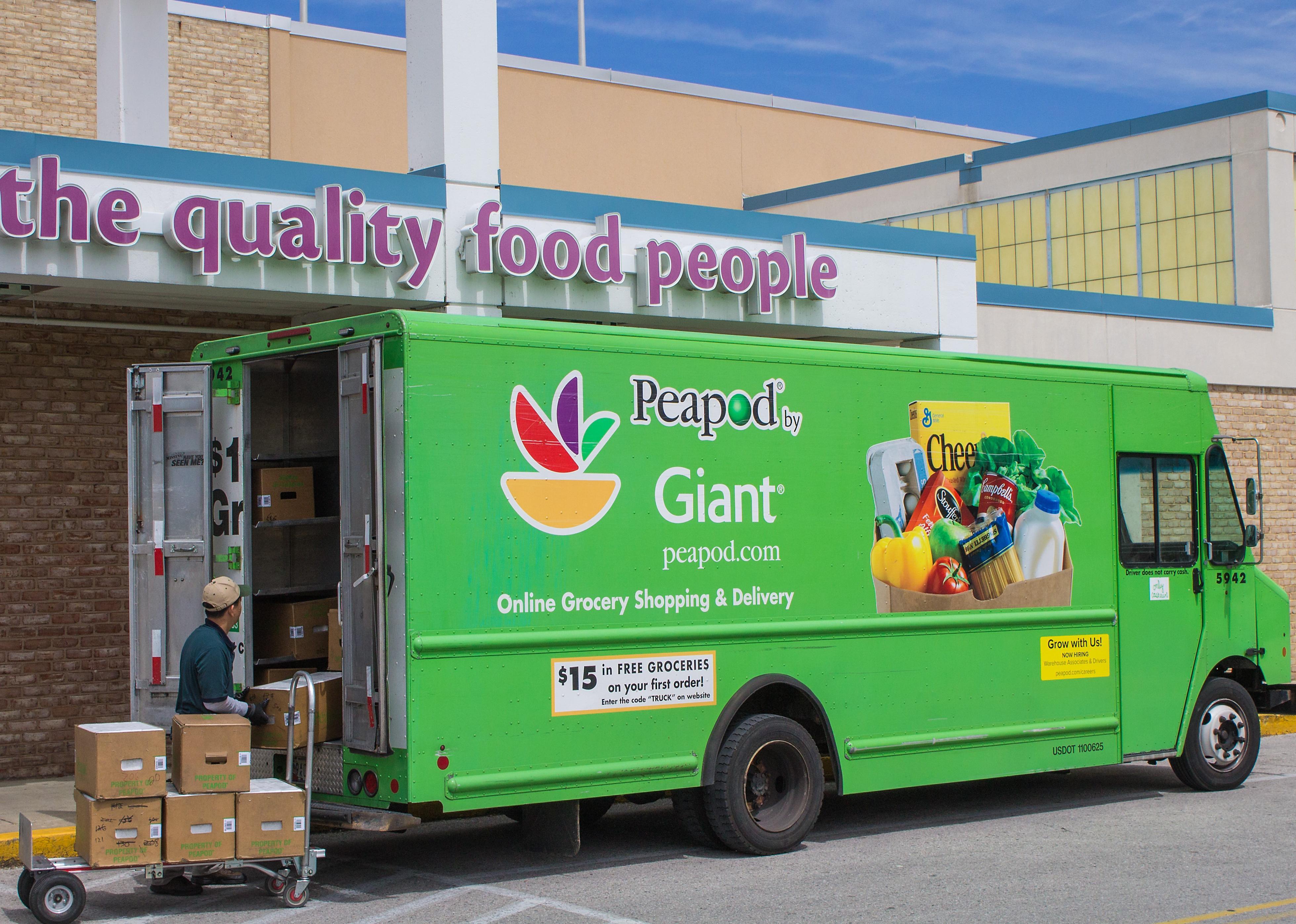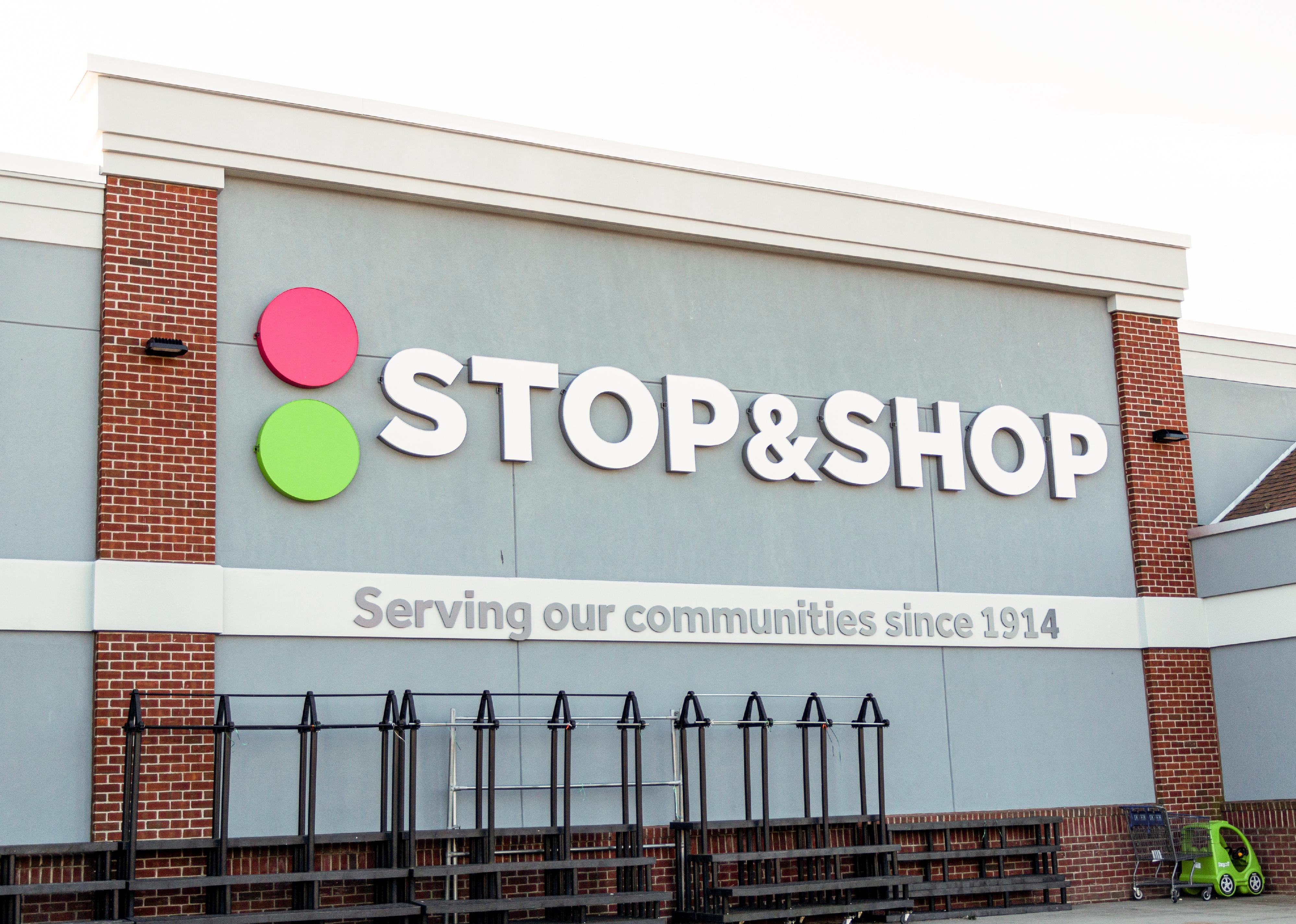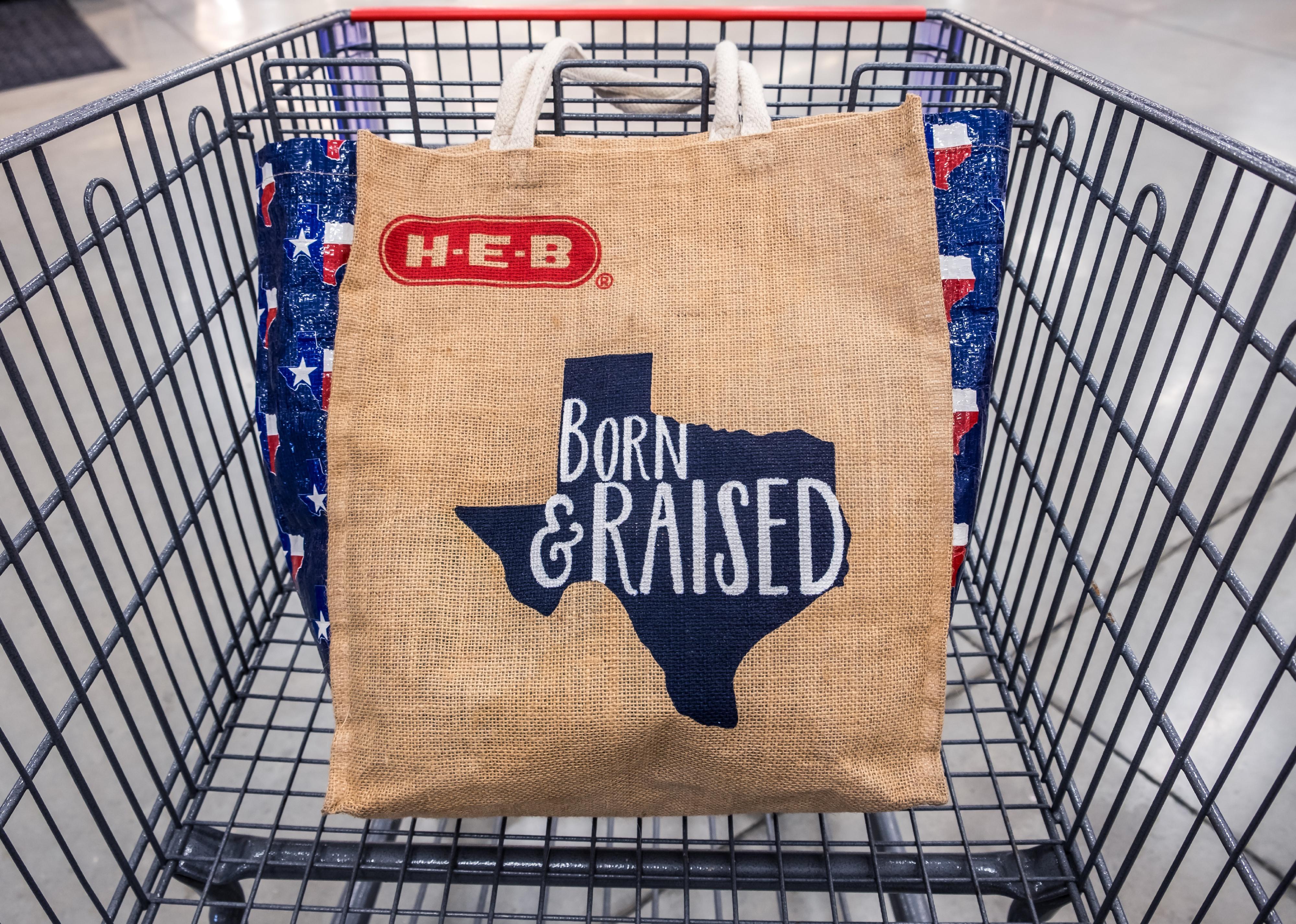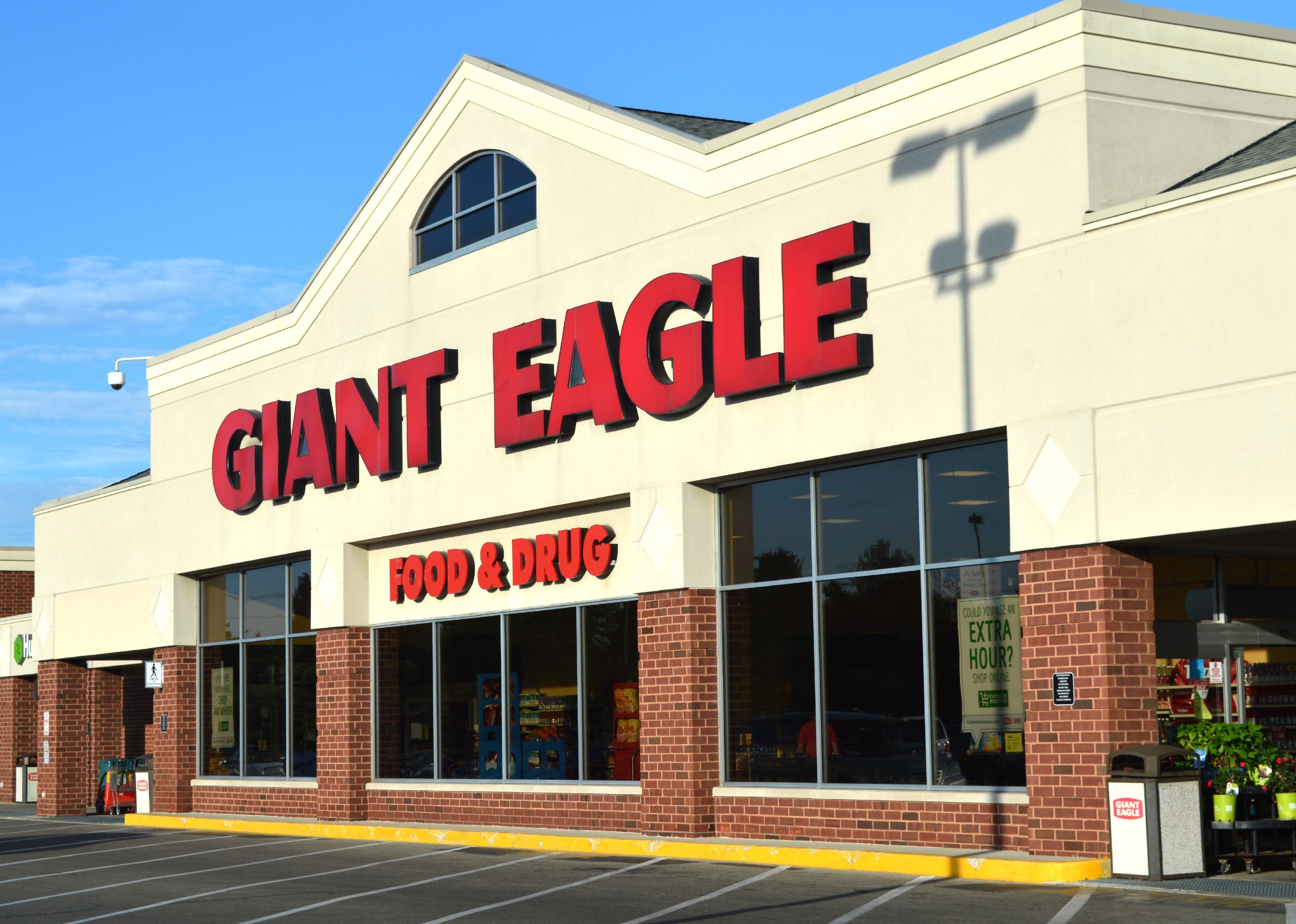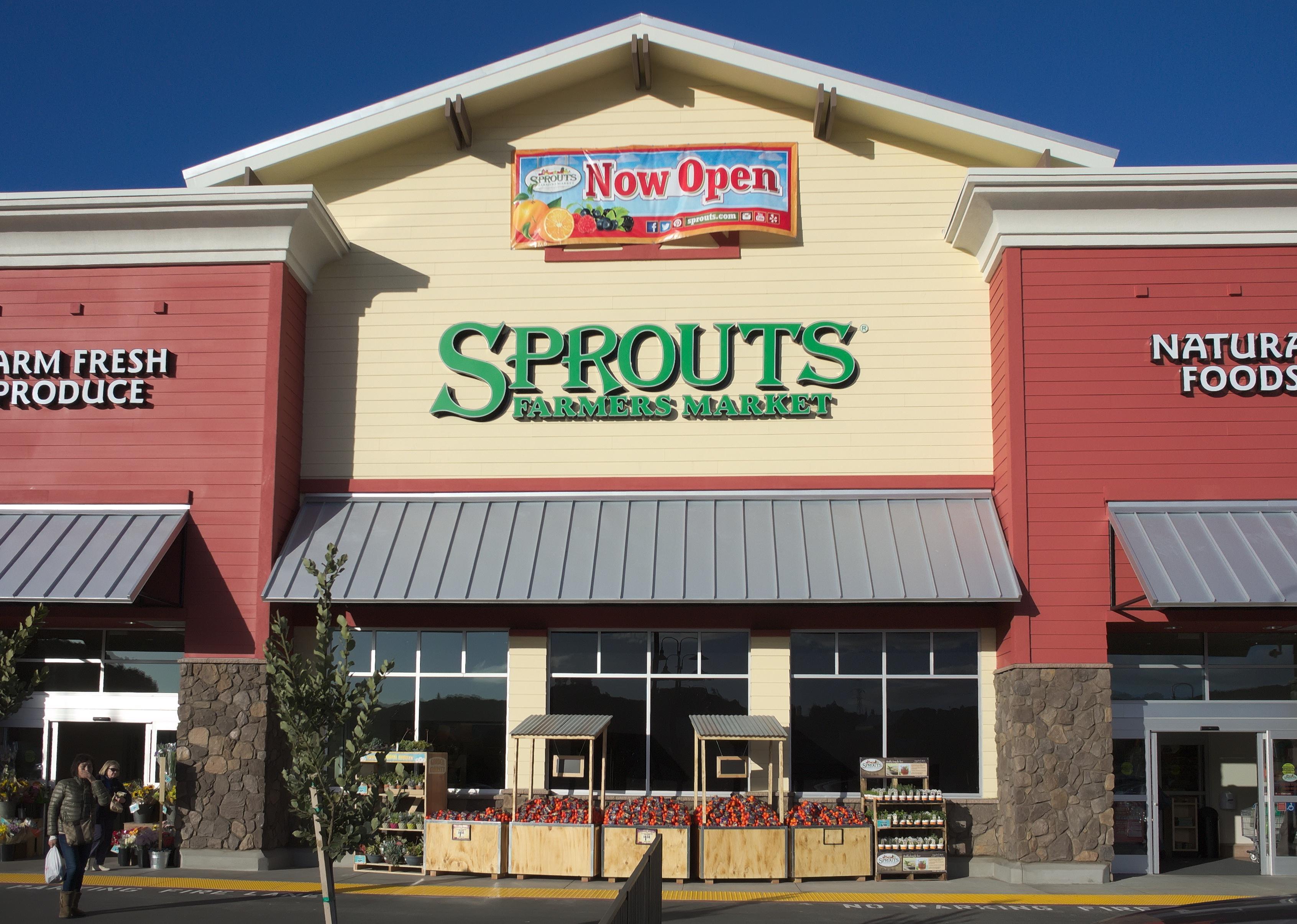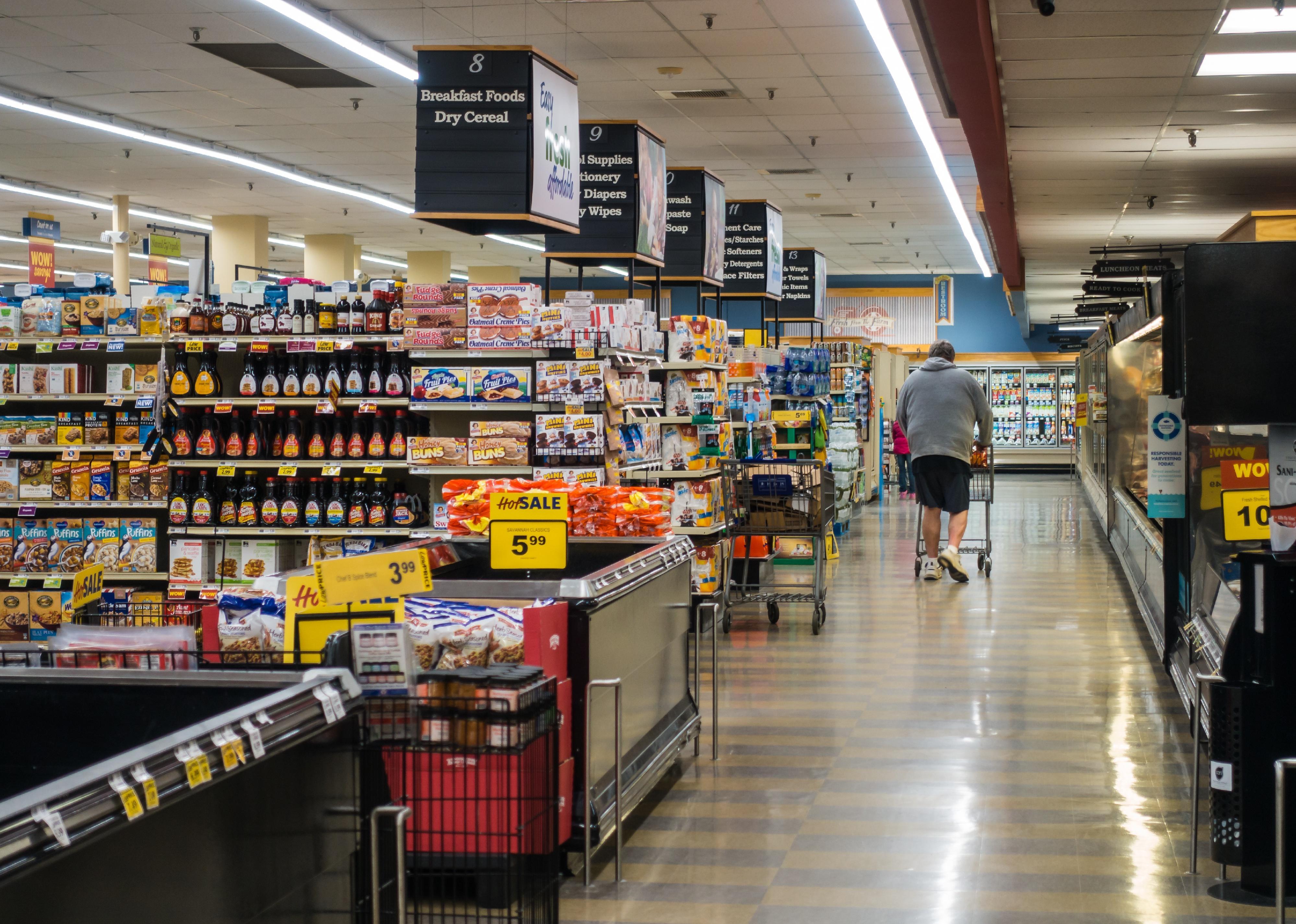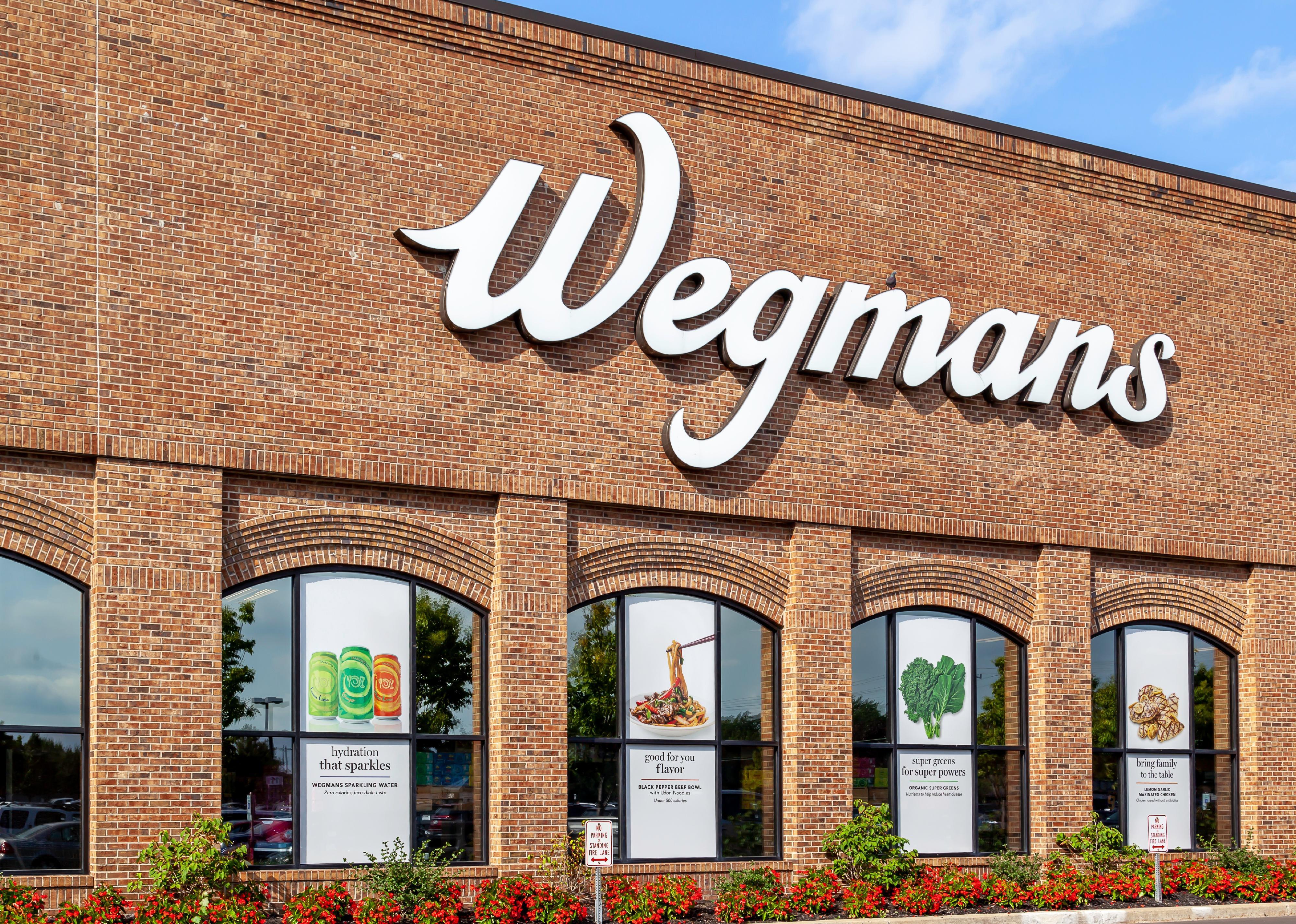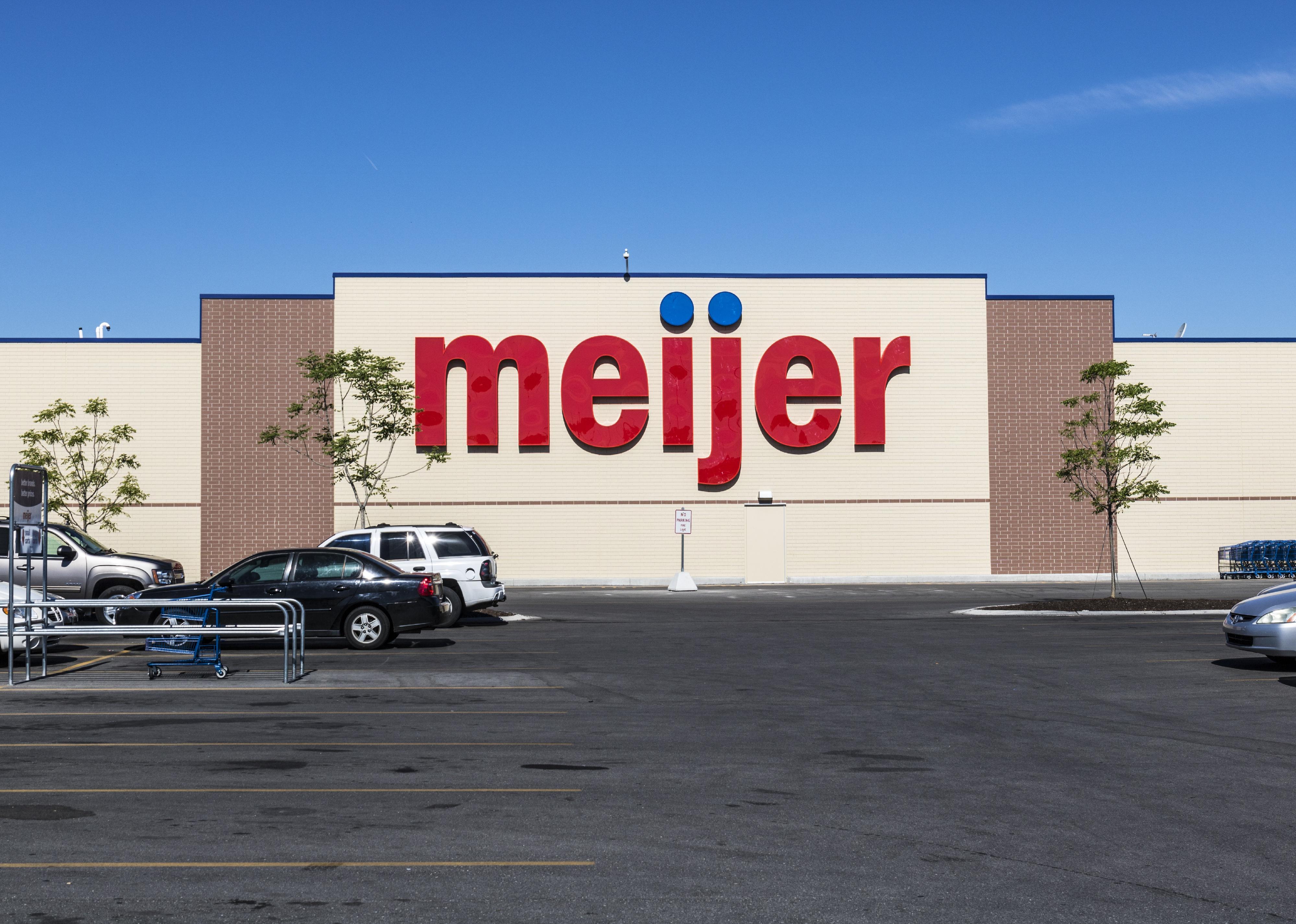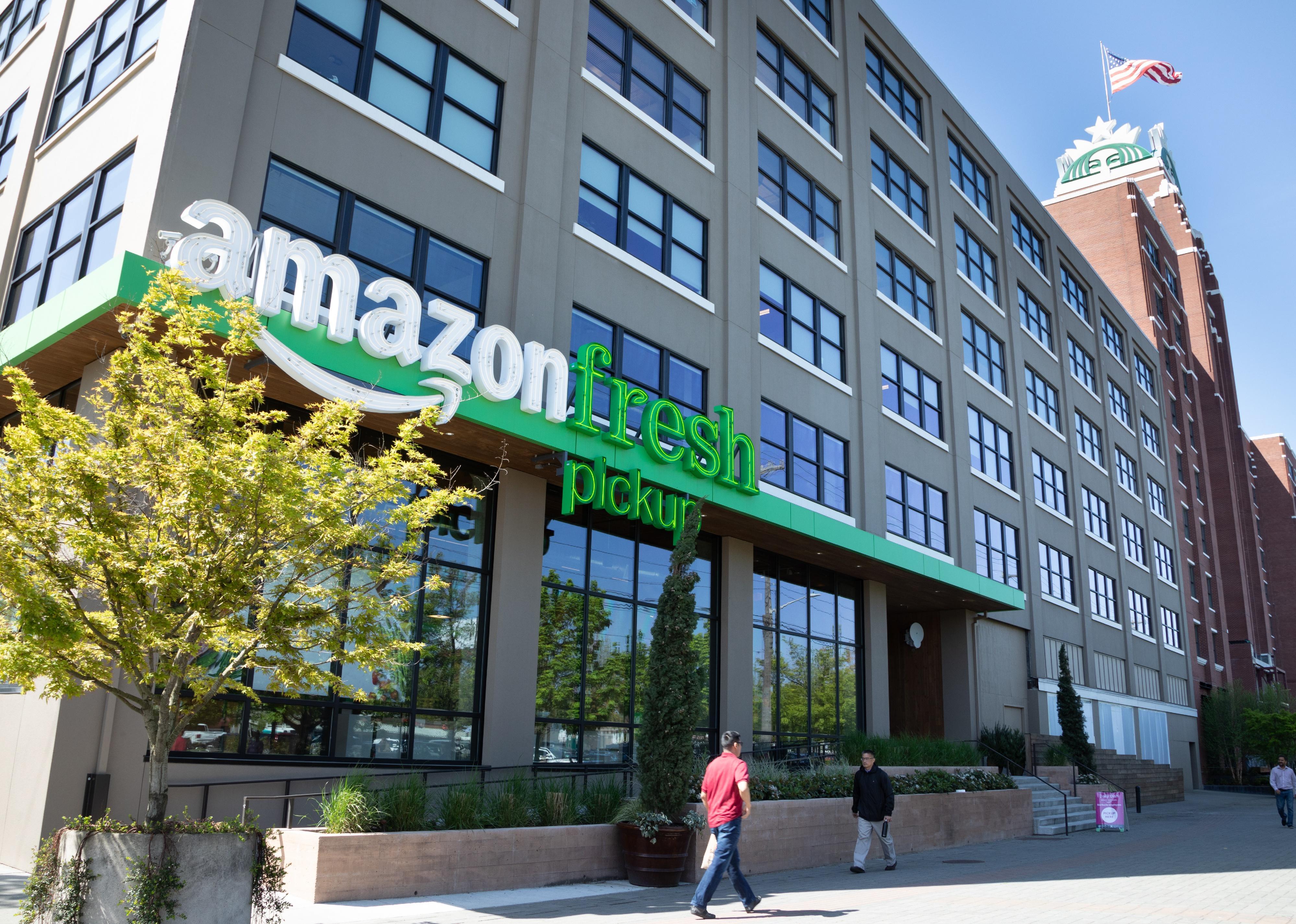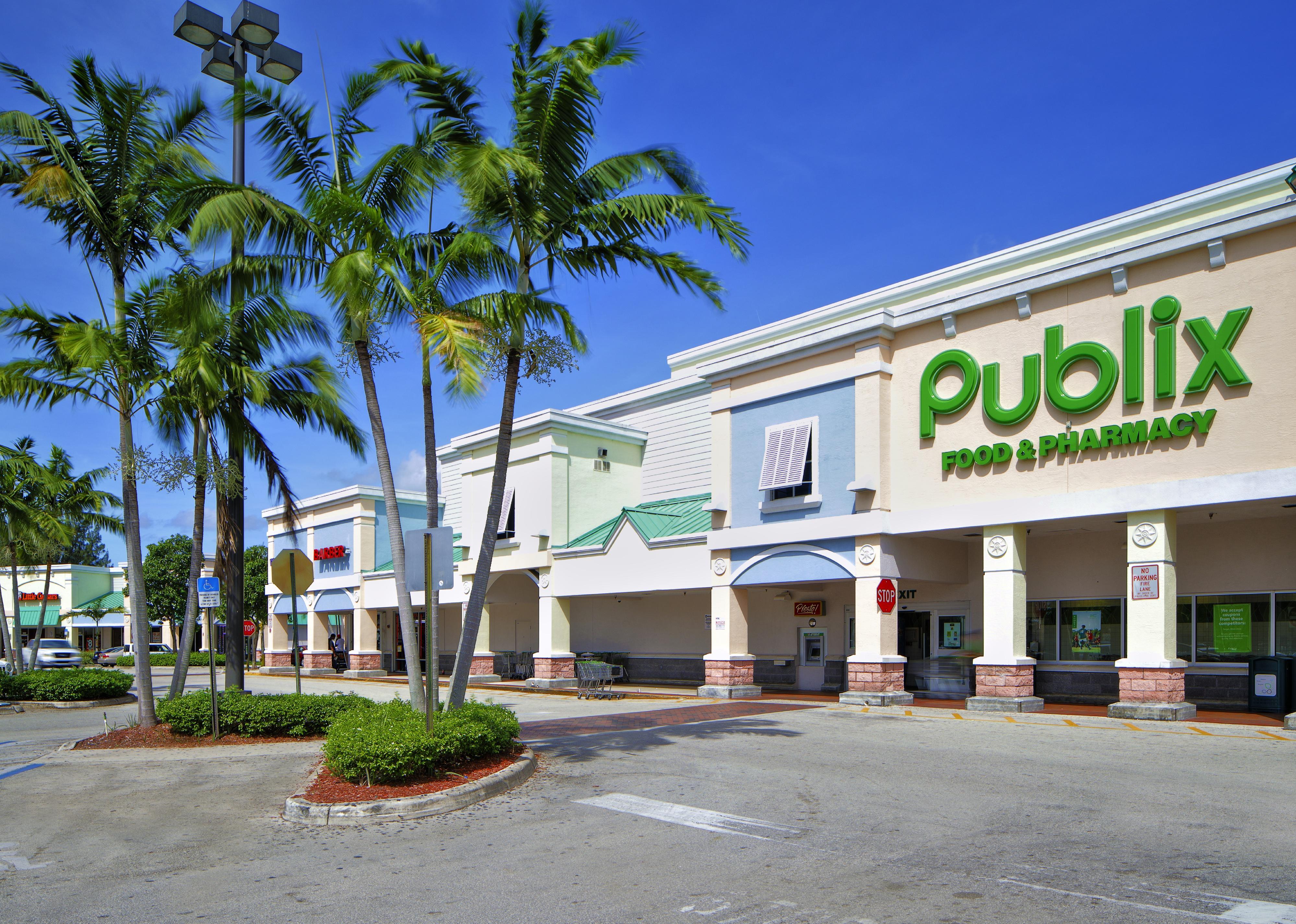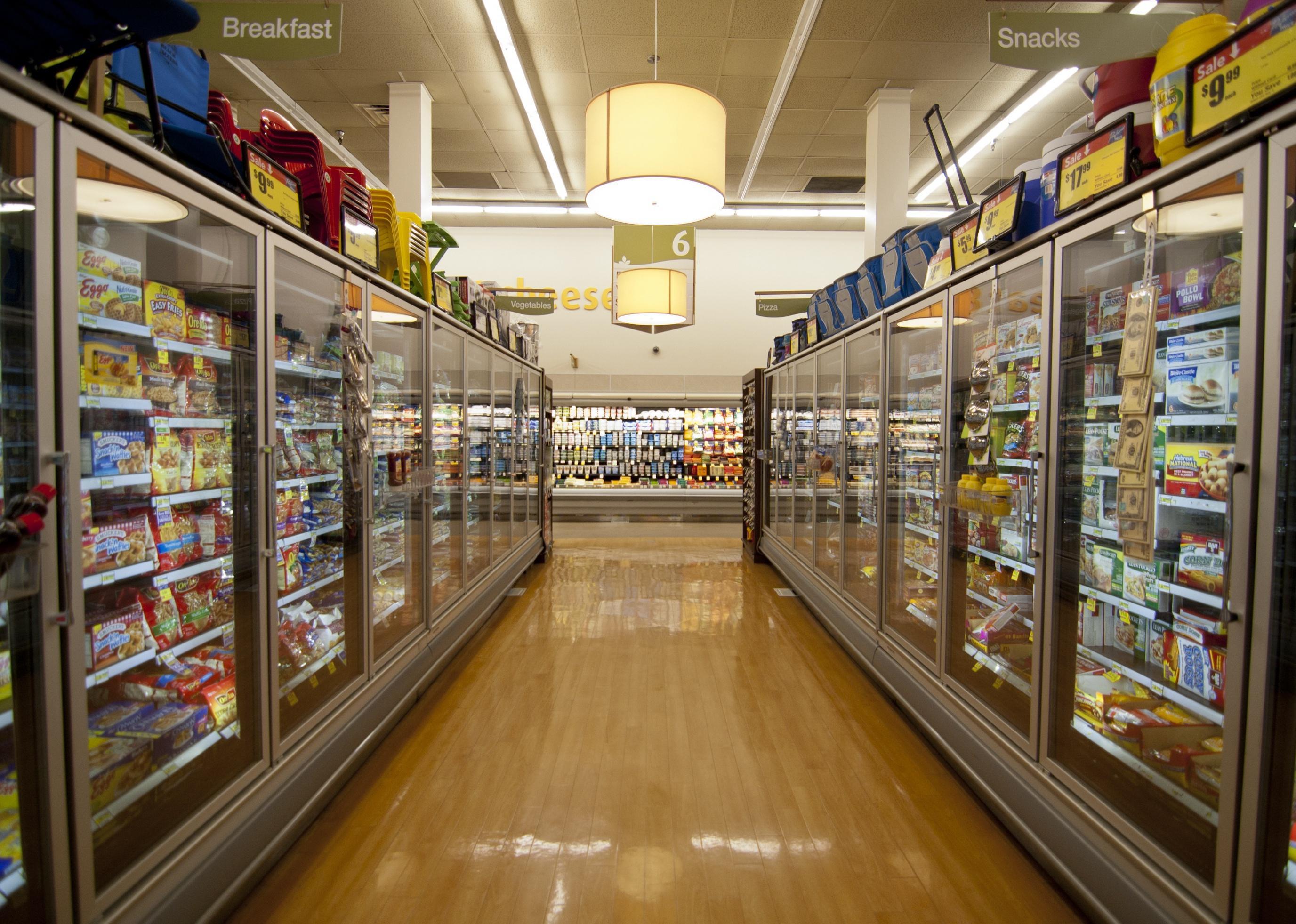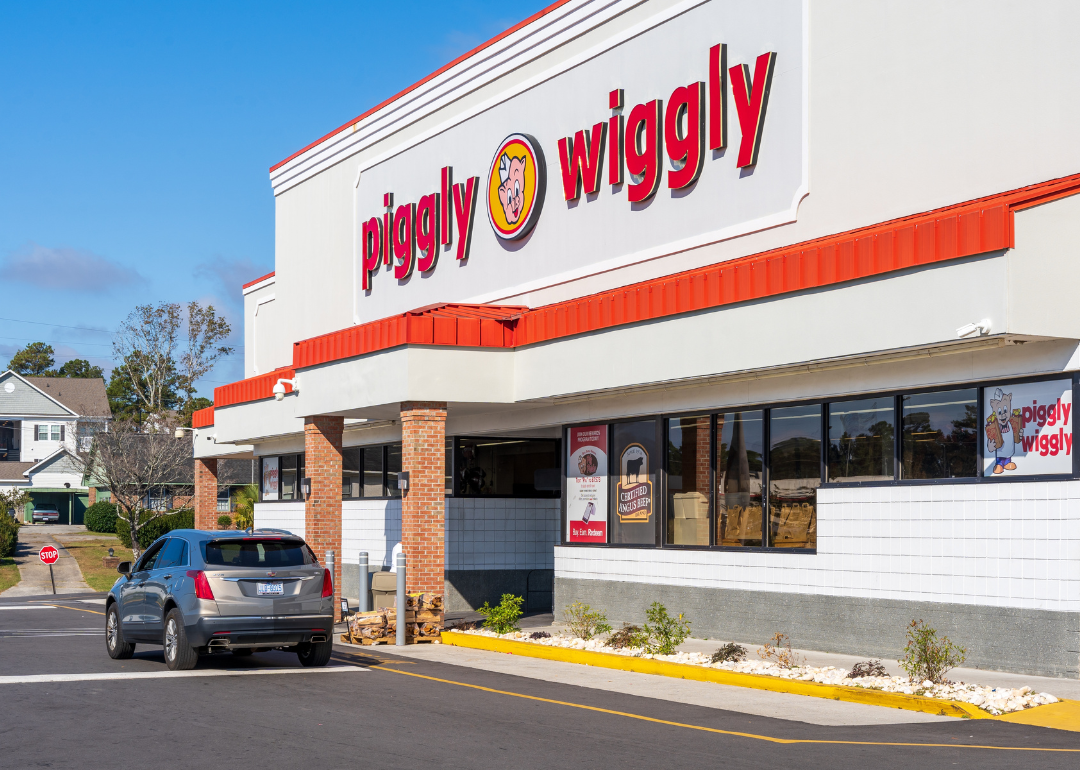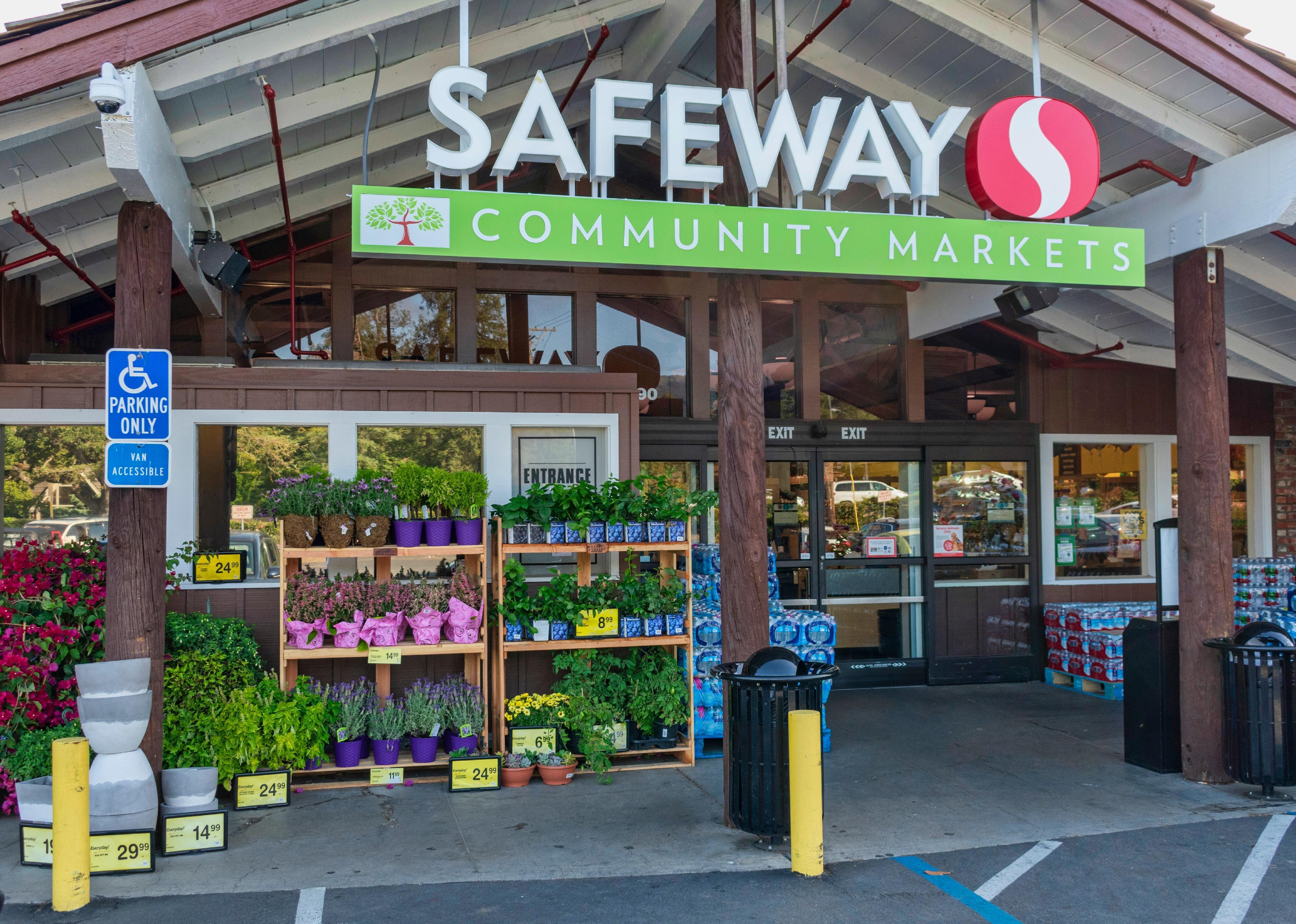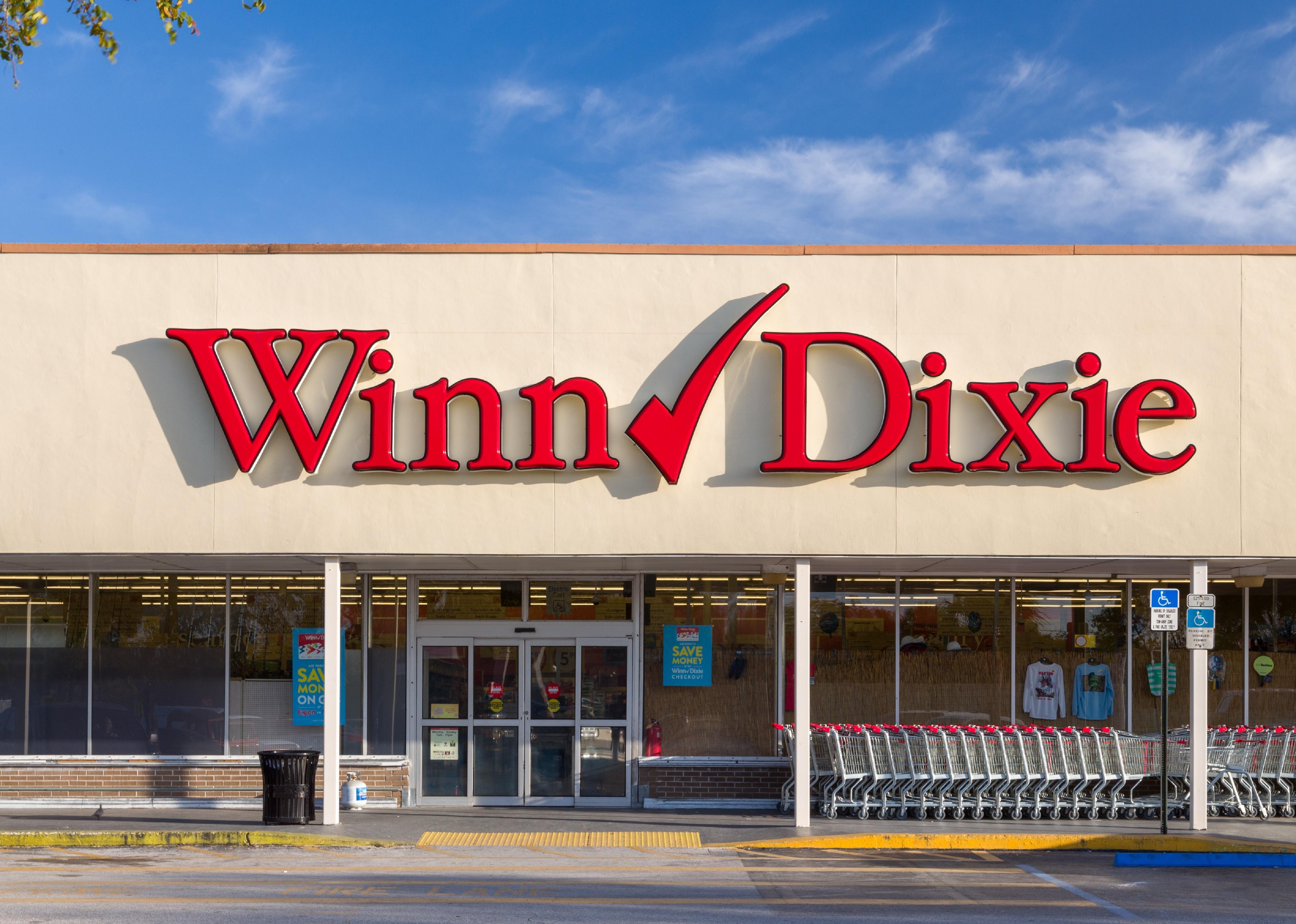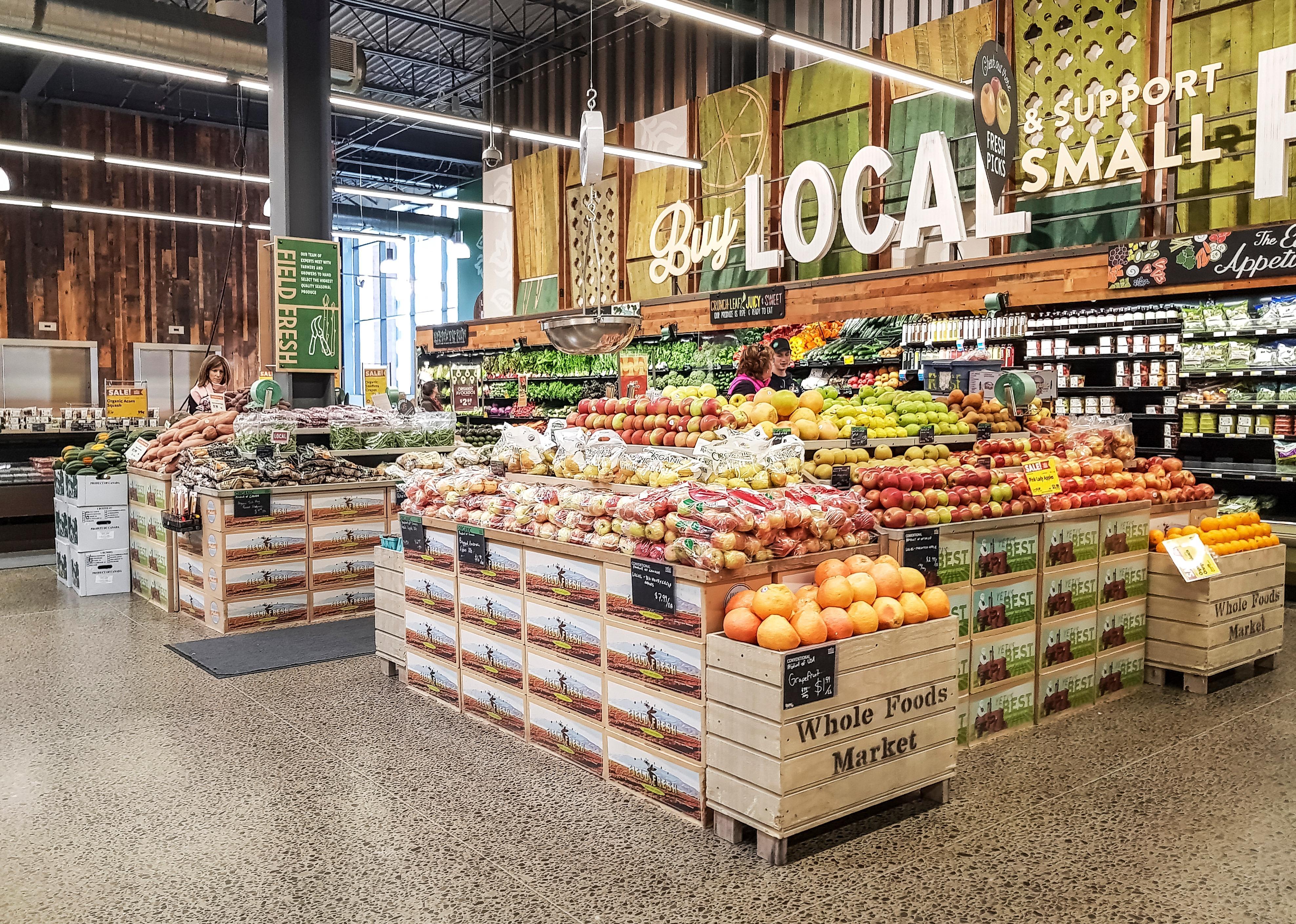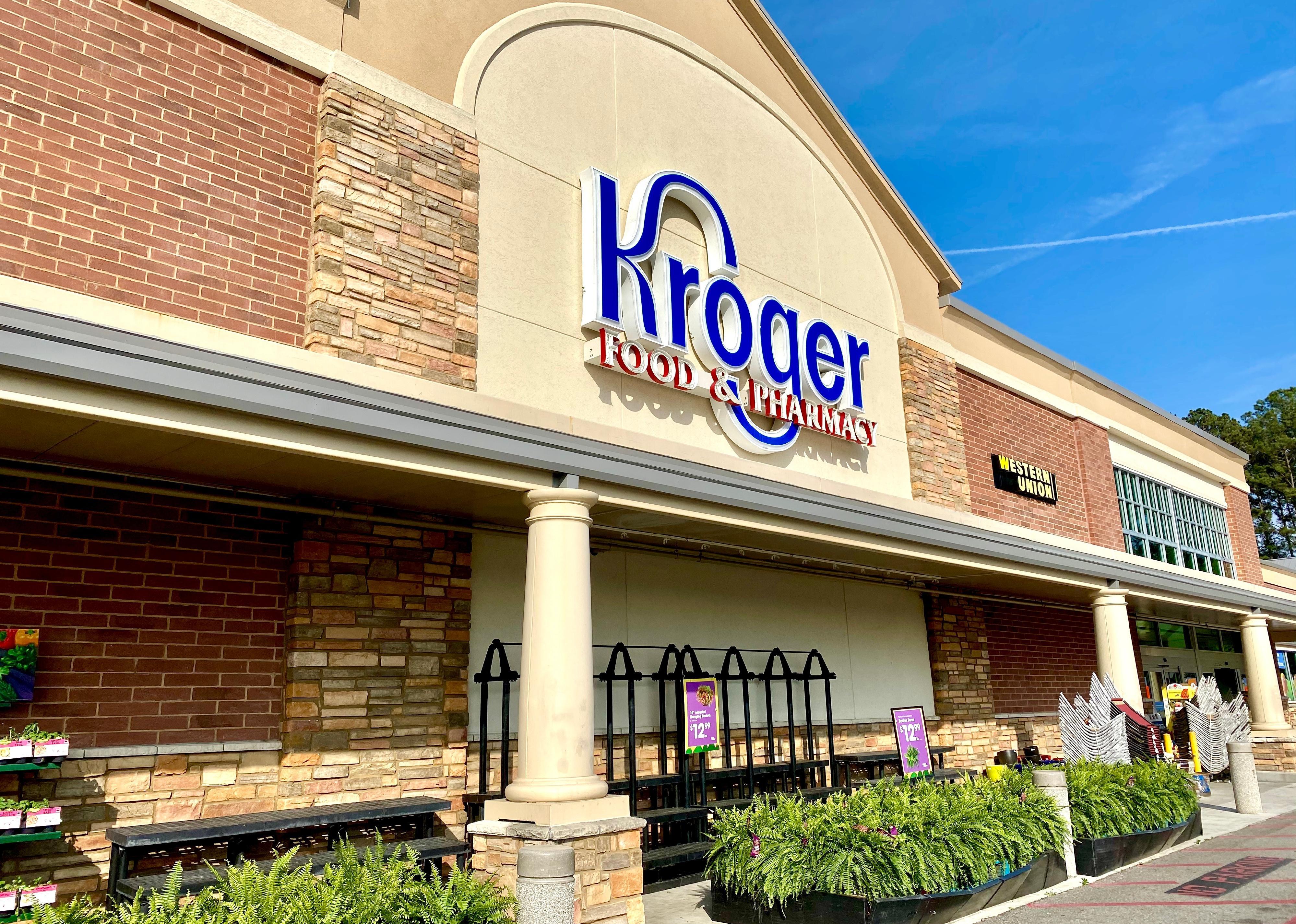Best Grocery Stores in the US
You know what makes for the best grocery stores in the US these days? The ones where you can find discounts, now that the cost of food has soared. Shoppers are seeing the largest price hikes since the 1980s in the grocery aisles.
From 2021 to 2022, prices rose about 11%, compared with 2% in previous years. Inflation was part of the story, but there were other reasons too.
Outbreaks of avian flu caused the price of eggs to jump. The COVID-19 pandemic brought disruptions to the global food supply chain, among them slowdowns at meat processing plants and in food transport as workers and drivers got sick.
In addition, the war in Ukraine affected supplies of wheat, corn, sunflower oil and fertilizer—shortages exacerbated by a drought in the United States. Finally, Corporate opportunism played a role as well.

Most popular grocery stores in America
Grocery shopping is serious business in America. Even before the recent increases, the average household spent more than 10% of its income on food, according to the Department of Agriculture.
Stacker ranked the most popular grocery stores in America, using consumer ratings from the first quarter of 2023, sourced from YouGov polls.
For example, customers prefer some stores for their no-frills approach, like Cub supermarkets and Food 4 Less, where shoppers bag their own groceries. Others, like Wild Oats, nurture loyalty with a rebate policy for members, based on how much they purchase.
Some grocery stores are iconic, like New York’s Fairway shops with their extensive olive and cheese selections or the two-step dance parties at Texas’ Central Markets. Others celebrate their humble beginnings, like the Hannaford and Jewel-Osco markets that began with goods sold from horse-drawn carts.
In addition, with the rise of online grocery shopping, some customers switched their loyalty to supermarkets that let them place grocery orders online.
Save this article and we’ll send it to your inbox. Plus, we’ll send you more great links each week.
Now onto the list of the best grocery stores in the United States, based on customer preferences.
BevMo!
David Tonelson // Shutterstock
BevMo! is a West Coast beverage retailer with more than 160 stores in California, Washington and Arizona. Also, it has an extensive online business.
Founded in 1994 in the San Francisco Bay Area, it was originally Beverages and More! The stores are big, with wide aisles and enormous selections, which is why it is so popular with shoppers.
WinCo Foods
Tada Images // Shutterstock
Across the western U.S., WinCo Foods has more than 125 stores and they are still opening locations. The newest WinCo Foods are in Billings and Helena, Montana.
The chain started in 1967 in Boise, Idaho, with a warehouse-style grocery called Waremart. In 1985, company employees bought a controlling share of the business, whose name is short for Winning Company.
With its popularity, I would say this chain is definitely winning.
Harris Teeter
John Greim // Getty Images
Grocers W.T. Harris and Willis Teeter founded Harris Teeter in 1960 in North Carolina. Today, it is a subsidiary of The Kroger Co., with more than 230 stores and 14 fuel centers in the southeastern U.S.
Here are ways to use supermarket rewards points to save on gas.
Hannaford

Photo credit: Leah Ingram.
Hannaford supermarkets started in 1883 in Portland, Maine, where the Hannaford brothers sold fresh produce from a horse-drawn cart. The company expanded to more than 180 stores in New England, New York and the Southeast.
They are the supermarket behind the Clynk bottle redemption program. These days, Ahold Delhaize owns Hannaford along with these popular supermarket chains:
Central Market
Lizardflms // Shutterstock
First opening in Austin in 1994, Central Market stores are known for their vast selections and in-house dining. They also have live music and Texas two-step dance parties.
99 Ranch Market
Kit Leong // Shutterstock
In 1984, 99 Ranch Market opened its first store in the Little Saigon neighborhood of Westminster, California, an Orange County town. Since then, this family-owned business has grown to become the largest Asian supermarket chain in the country.
Overall, there are more than 50 stores in California, Washington, Oregon, Nevada, Texas and New Jersey.
Cub (formerly Cub Foods)
Steve Skjold // Shutterstock
The name of Cub, a Midwestern supermarket chain, originally stood for Consumers United for Buying. It is known for no-frills shopping, where customers often bag their own groceries.
However, in this day and age of bringing your own bags to the supermarket, that’s more common than ever–bagging your own groceries. It’s what we do when we shop at Aldi, for example.
You may be familiar with this chain’s former name–Cub Foods. The company changed it to just Cub in 2018.
Jewel-Osco
Sorbis // Shutterstock
The Midwest’s Jewel-Osco stores originated in 1899, with two brothers-in-law selling coffee and tea door to door from a horse-drawn wagon. Sounds similar to Hannaford’s humble beginnings.
The Jewel Tea Co. expanded to acquire grocery stores in the Chicago area and started a mail-order catalog business as well. It bought Osco Drugs in the 1960s. Now owned by Albertsons, Jewel-Osco has more than 180 stores in Illinois, Iowa and Indiana.
Stater Bros. Markets
KK Stock // Shutterstock
Stater Bros. Markets began with a small grocery store in Yucaipa, California, which twin brothers Cleo and Leo bought during the Great Depression. Half of the $600 down payment came from the owner of a rival grocery store across the street.
By 1939, the brothers opened an additional four stores in San Bernardino County. During World War II, their parents operated the markets while the brothers served as pilots in the Army Air Corps. They sold their interests in the company in 1968. Today, there are 170 supermarkets in seven California counties, with about 18,000 employees and more than $4 billion in annual sales.
Grocery Outlet
Helen89 // Shutterstock
Founder Jim Read sold surplus military food at discount prices in the first Grocery Outlet store he opened in San Francisco in 1946. Today, the chain—based in Emeryville, California—has more than 400 stores across the country and draws over 1.5 million shoppers each week.
Since 1973, some stores have been run by locally based independent operators. The company went public in 2019 and celebrated its 400th store in 2021, which also was its 75th anniversary.
Giant
Country Gate Productions // Shutterstock
Giant Direct food stores are located in Delaware, Virginia, Washington D.C. and Maryland. The brand is part of Ahold Delhaize, which also owns Giant Food, with stores in Pennsylvania and West Virginia. This brand is separate from Giant Direct. Yes, it’s confusing. FYI, the Peapod arm for grocery delivery no longer exists.
Stop & Shop
WoodysPhotos // Shutterstock
When we lived in New Jersey, Stop & Shop was our favorite grocery store. I loved that I could shop in the store using a scanner gun. It made checkout so much easier.
You’ll find Stop & Shop locations in New England and the Northeast. Now it’s part of the Ahold Delhaize family.
H-E-B
Moab Republic // Shutterstock
Florence Butt opened the first C.C. Butt store in 1905 in Kerrville, Texas, and her son Howard E. Butt opened a second store in 1926. The first store under the name H-E-B opened in San Antonio in 1942.
In the 1950s, the company expanded into supermarkets, consolidating butchers, fish markets, bakeries and pharmacies into its stores. Then, in 1997, it expanded into northern Mexico, with its first store in Monterrey.
Giant Eagle
Eric Glenn // Shutterstock
Five families started Giant Eagle in the 1930s and built a supermarket chain in and around Pittsburgh. In fact, when we lived in Western Pennsylvania, Giant Eagle was the closest supermarket to our home.
Also, it has great curbside express grocery pickup. Finally, Giant Eagle is not related to Giant Direct or Giant Foods.
IGA

Photo credit: Leah Ingram.
The Independent Grocers Alliance, or IGA, is an international network of supermarkets first organized in 1926 by family-owned groceries. They grouped together to become more competitive in their purchasing and marketing. However, they wanted to keep their local identities.
These days IGA has more than 1,100 stores in nearly all U.S. states and about 5,000 in more than 30 other countries. Benefits to IGA members, typically located in small towns, such as the Wells, Maine, location I photographed above, are volume buying and advertising. Then, the alliance makes some 2,300 private-label IGA brand products.
Todd A. Merport // Shutterstock
Sprouts Farmers Market
The first Sprouts Farmers Market opened in Chandler, Arizona, in 2002, with a focus on fresh and organic products. After that, the company grew quickly.
Sprouts went public in 2013 and started opening stores in the Southeast, Mid Atlantic and Northwest. It now has more than 340 stores in 22 states.
Food Lion
Hunter Bliss Images // Shutterstock
Food Lion is located in 10 Mid Atlantic and Southeastern states. It began in Salisbury, North Carolina, in 1957, and has grown to more than 1,000 grocery stores. Food Lion is part of the Ahold Delhaize family, like Giant, Stop and Shop and Martin’s.
Wegmans
JHVEPhoto // Shutterstock
Privately owned, Wegmans has more than 100 supermarkets in New York, Pennsylvania, New Jersey and other New England and Mid Atlantic states. The stores are known for being huge and laid out like outdoor markets.
The Wegman family started the company in 1916 in upstate New York with the Rochester Fruit & Vegetable Company. When a Wegmans comes to town, shoppers are excited.
Meijer
Jonathan Weiss // Shutterstock
When we moved to Michigan, we discovered Meijer. And boy did we love it. It felt like you could buy just about anything at Meijer or Meijer’s (possessive) as the locals call it.
Meijer is family owned and has more than 200 stores in Michigan, Wisconsin, Ohio, Illinois, Indiana and Kentucky. In the 1960s, it developed the concept of supercenter stores carrying not only groceries but auto supplies, clothing, home goods and banking services. See? Practically everything you could need in a store.
Amazon Fresh
VDB Photos // Shutterstock
Amazon Fresh is the grocery-delivery service started in 2007 by the online giant. Customers order online, and deliveries are scheduled in two-hour windows.
Amazon is opening physical Amazon Fresh stores around the country. Fresh is Prime customers’ one stop for great deals on national favorites, new tastes, organic, and more.
Publix
Felix Mizioznikov // Shutterstock
Publix has more than 1,200 stores, mostly in Florida, Georgia and other southeastern states.
Albertsons
Lisa Aiken // Shutterstock
Albertsons is a grocery giant across the United States. Currently, it operates in 34 states with the store brands of Albertsons, Acme, Safeway, Jewel-Osco, Shaw’s, Carrs and more.
The Albertson’s store brand is called Signature Select. They make an incredible Girl Scout cookie knockoff cookie.
Piggly Wiggly
Red Lemon // Shutterstock
Piggly Wiggly started out in 1916 in Memphis, Tennessee. However, today, there are more than 530 Piggly Wigglys in 17 states. Piggly Wiggly–that’s fun to say, isn’t it?
Safeway
Michael Vi // Shutterstock
Safeway started in 1915 in American Falls, Idaho. In 2014, Albertsons bought Safeway. Now, there are about 900 Safeway locations in 17 states and Washington D.C.
Winn-Dixie
Ken Wolter // Shutterstock
Today, there are about 500 Winn-Dixie stores throughout the Southeast—in Mississippi, Alabama, Georgia, Louisiana and Florida.
Also, the book About Winn-Dixie is a terrific read.
Whole Foods Market
Alastair Wallace // Shutterstock
In 2017, Amazon bought Whole Foods. Under Amazon’s ownership, some prices dropped, but research in 2019 found Whole Foods had the highest grocery chain prices in eight U.S. metropolitan areas.
However, Amazon Prime members get discounts at Whole Foods. Also, you can use SNAP EBT cards when shopping at Whole Foods.
Kroger
Kevin Chen Images // Shutterstock
Kroger is a retail grocery giant in the Midwest. It has almost 2,800 stores.
One of its newest ventures is Kroger Ship. Kroger Ship makes it easy to purchase the essentials and save on a wide selection of non-perishable pantry and household staples. You earn fuel points on every purchase — plus, get fast and free shipping over $35!
Aldi
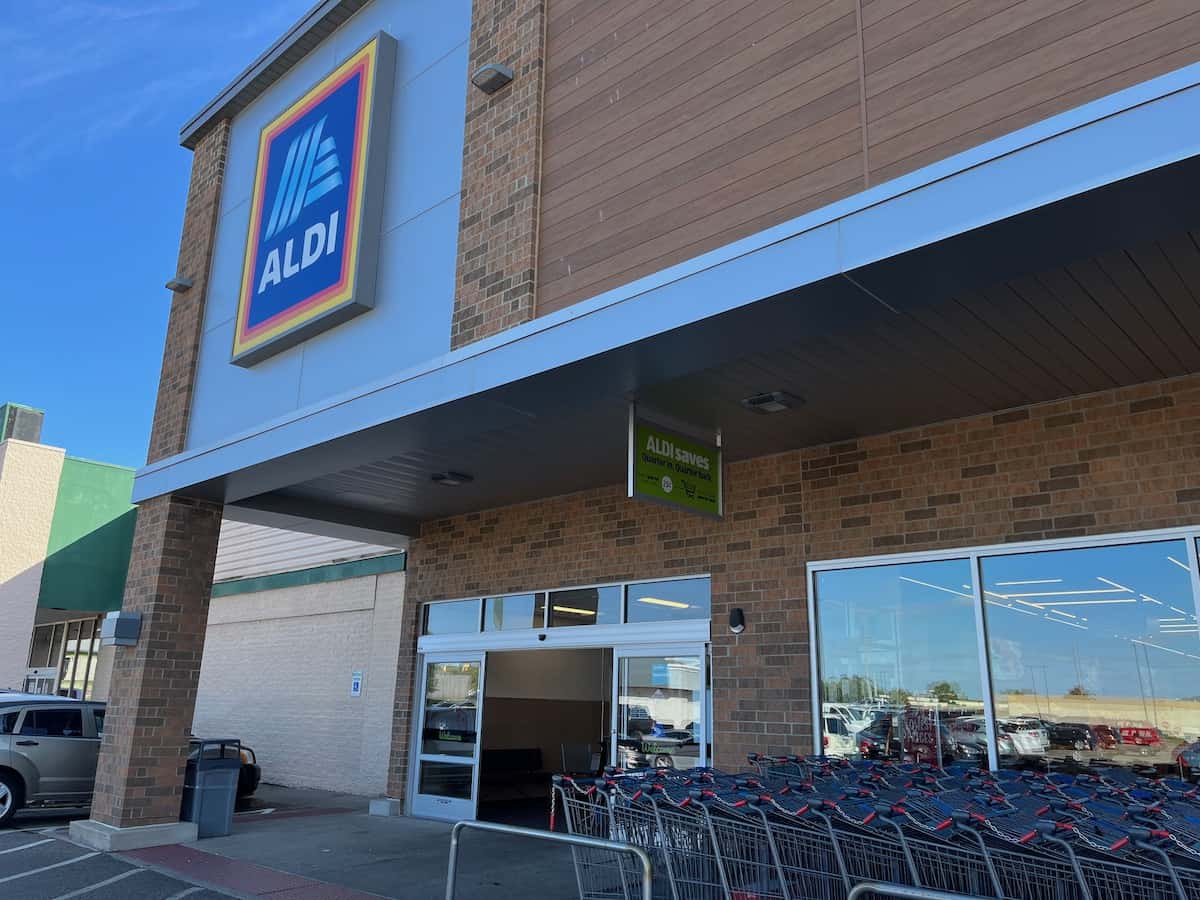
Photo credit: Leah Ingram.
More than 1,900 Aldi stores are located in 36 U.S. states. Nearly all—more than 90%—of the products they sell are Aldi store brands, a system that is designed to lower prices with its lower procurement costs.
Aldi charges a 25-cent deposit for use of its grocery carts so customers will return them to the cart corral. Therefore, we keep what we call an “Aldi quarter” in the car so we’re always ready to get a shopping cart.
Finally, when shopping in Aldi, don’t forget to visit the Aldi Aisle of Shame. They are the center aisles in the stores where you can find all kinds of cool household and fashion items.
Trader Joe’s

Photo credit: Leah Ingram.
Trader Joe’s is known for its low-cost, private-label products, which started when it introduced its own granola in 1972. In 2002, it added Charles Shaw wines, which quickly earned the nickname “Two Buck Chuck.” The 500-plus store chain has a reputation for affordable prices and cheerful service.
Data reporting by Paxtyn Merten. Story editing by Jeff Inglis. Copy editing by Andrew Mangan. Photo selection by Abigail Renaud. Aine Givens contributed to this article via Stacker.com.

